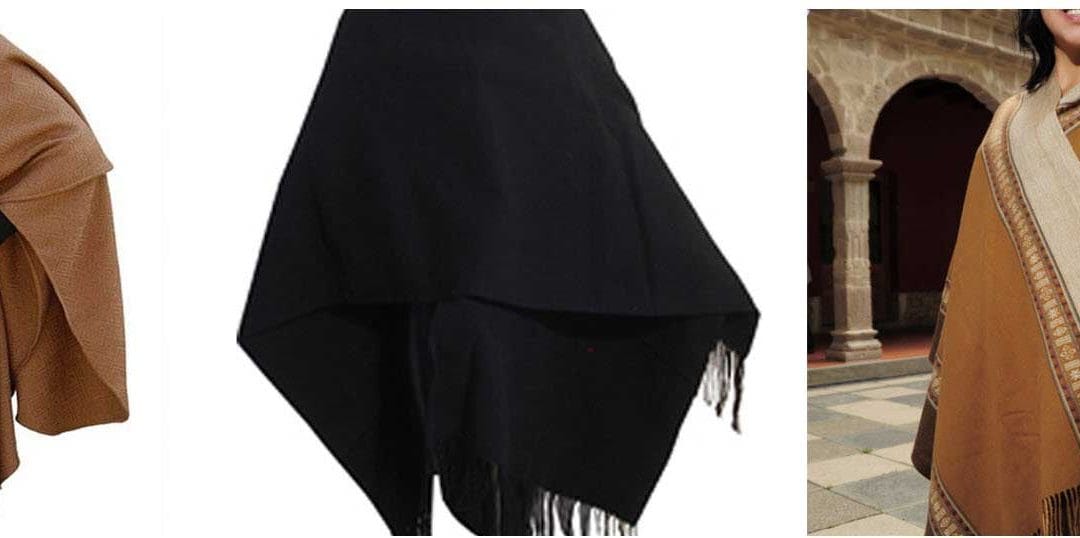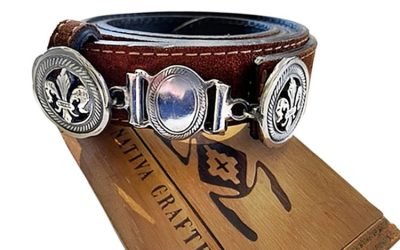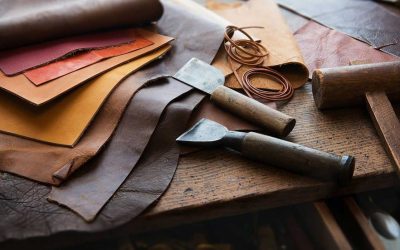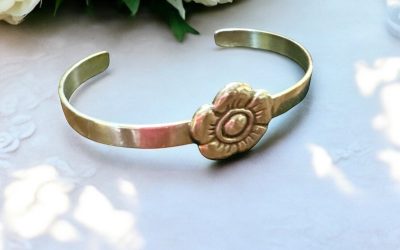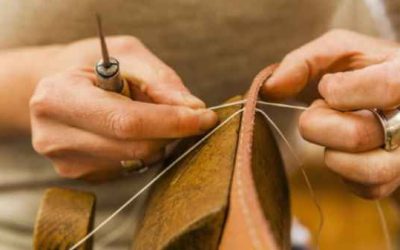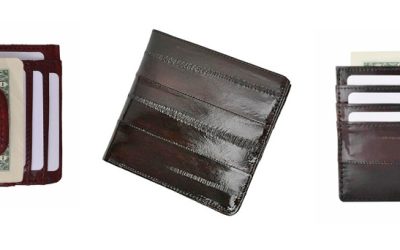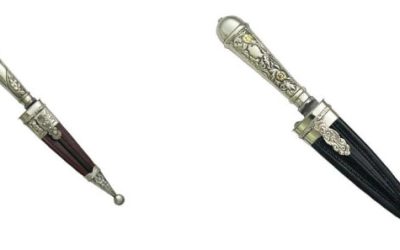In the vibrant cultural landscape of Argentina, textile art stands as a vivid testament to the nation’s rich heritage and artistic diversity. This tradition, deeply rooted in the country’s history, weaves together the stories of indigenous communities, the legacy of Spanish influence, and the evolving trends of modern fashion. Argentine textiles, known for their intricate patterns, vibrant colors, and exceptional craftsmanship, are not just fabrics; they are narratives spun from the very soul of Argentina’s past and present.
In contemporary times, these textiles have transcended their traditional roles, seamlessly integrating into the world of modern fashion. Designers and artisans, drawing inspiration from their rich heritage, have reimagined these textiles for today’s fashion-forward audience. This blend of tradition and modernity is where Argentine textiles truly shine, offering something unique and timeless to the global fashion scene.
Pieces of Argentina, with its deep appreciation for Argentine heritage, proudly embraces this tradition. The collection of textiles available showcases the best of Argentine craftsmanship, from handwoven scarves to beautifully designed clothing items. Each piece is a celebration of the artistry and history that is woven into the fabric of Argentine culture. Through its collection, Pieces of Argentina not only offers a piece of this rich tradition to the world but also plays a vital role in keeping the art of Argentine textile alive and thriving.
As we delve deeper into the world of Argentine textiles, we invite you to join us in exploring the beauty, the history, and the artistry that these fabrics embody, a journey that is as colorful and diverse as Argentina itself.
HISTORICAL ROOTS OF ARGENTINE TEXTILES
The history of textile making in Argentina is as intricate and colorful as the fabrics themselves, rooted deeply in the country’s indigenous heritage and shaped by subsequent cultural influences. To fully appreciate the beauty and diversity of Argentine textiles, one must journey back to the times before European contact when indigenous communities were the sole weavers of their own cultural stories.
Indigenous Beginnings: In pre-colonial Argentina, indigenous groups such as the Mapuche and the Guarani were skilled in the art of textile making. Utilizing the resources available in their natural environment, they developed techniques to spin and weave fibers into fabric. The materials commonly used were primarily derived from plants like cotton, and animals, notably the llamas and alpacas, revered for their fine fiber. These early textiles were not just practical items for warmth and protection; they were also integral to social and ceremonial life, often adorned with symbolic patterns that reflected the beliefs, myths, and status within the community.
Spanish Influence and Cultural Fusion: The arrival of Spanish colonizers in the 16th century introduced new materials, techniques, and styles to the Argentine textile landscape. Sheep, brought by the Europeans, became a new source of fiber, complementing the indigenous use of llama and alpaca fibers. This period marked the beginning of a fusion between indigenous and European textile traditions. Spanish motifs and weaving techniques merged with indigenous patterns and methods, creating a unique blend that reflected the evolving Argentine identity.
The Emergence of Distinctive Styles: This cultural fusion gave rise to distinctive textile styles, each region developing its own patterns and techniques. The northern provinces, with their strong indigenous presence, retained many native elements in their textiles, while the central and southern regions saw a greater European influence. Over time, textiles such as the poncho, initially a simple indigenous garment, evolved into a symbol of Argentine culture, embodying the blend of indigenous and Spanish influences.
Preservation of Traditional Techniques: Despite the European influence, many indigenous communities have preserved their traditional textile-making techniques. Techniques like backstrap loom weaving and natural dyeing methods are still practiced, keeping the ancestral knowledge alive. These techniques passed down through generations, are a living testament to the resilience and adaptability of Argentine textile art.
In summary, the historical roots of Argentine textiles are a tapestry of indigenous ingenuity and cultural fusion. The blend of materials, techniques, and designs from different cultures has resulted in a rich textile heritage that continues to evolve while honoring its past.
SYMBOLISM AND CULTURAL SIGNIFICANCE
Argentine textiles are more than mere fabrics; they are canvases where stories, beliefs, and traditions are woven into every thread. The symbolic meanings embedded in these textiles offer a glimpse into the soul of Argentine culture, revealing the values, histories, and aspirations of its people.
ENCODED STORIES IN PATTERNS AND COLORS:
Indigenous Symbolism: For indigenous communities, the patterns and colors in textiles often hold profound meanings. Geometric shapes can represent natural elements like mountains, rivers, and animals, symbolizing the community’s connection to the land. Colors are also significant, with each hue conveying different aspects of life, spirituality, and environment.
European Influences: The arrival of Europeans introduced new symbols into the textile vocabulary. Floral designs and religious motifs became prevalent, merging with indigenous patterns to create a unique fusion that reflects Argentina’s mixed heritage.
Contemporary Interpretations: Modern Argentine textile artists and designers often reinterpret traditional symbols, infusing them with contemporary relevance. This results in textiles that honor the past while speaking to present-day experiences and global aesthetics.
Textiles in Cultural Rituals and Celebrations: Argentine textiles play a pivotal role in various cultural rituals and celebrations, serving as markers of identity and tradition.
Community and Identity: In many indigenous communities, textiles are integral to rites of passage and community gatherings. For example, a specific type of poncho might be worn for ceremonies, denoting the wearer’s status or role within the community.
National and Regional Celebrations: During national festivals and regional celebrations, textiles are worn to showcase pride in one’s heritage. Garments like the gaucho poncho become symbols of national identity, connecting the past with the present.
Artistic and Social Expression: Textiles are also used as mediums for artistic and social expression. They can be vehicles for storytelling, preserving legends and folklore, or for making statements about contemporary social and political issues.
Gifts and Heirlooms: In many families, textiles are valued heirlooms, passed down through generations. They are often given as gifts during important life events, such as weddings or births, symbolizing love, connection, and continuity.
Through their rich symbolism and integral role in cultural rituals, Argentine textiles serve as a vibrant tapestry of the nation’s diverse heritage. They are not only cherished for their aesthetic and functional qualities but revered as keepers of stories and traditions, weaving together the threads of Argentine identity.
MODERN ADAPTATIONS AND FASHION
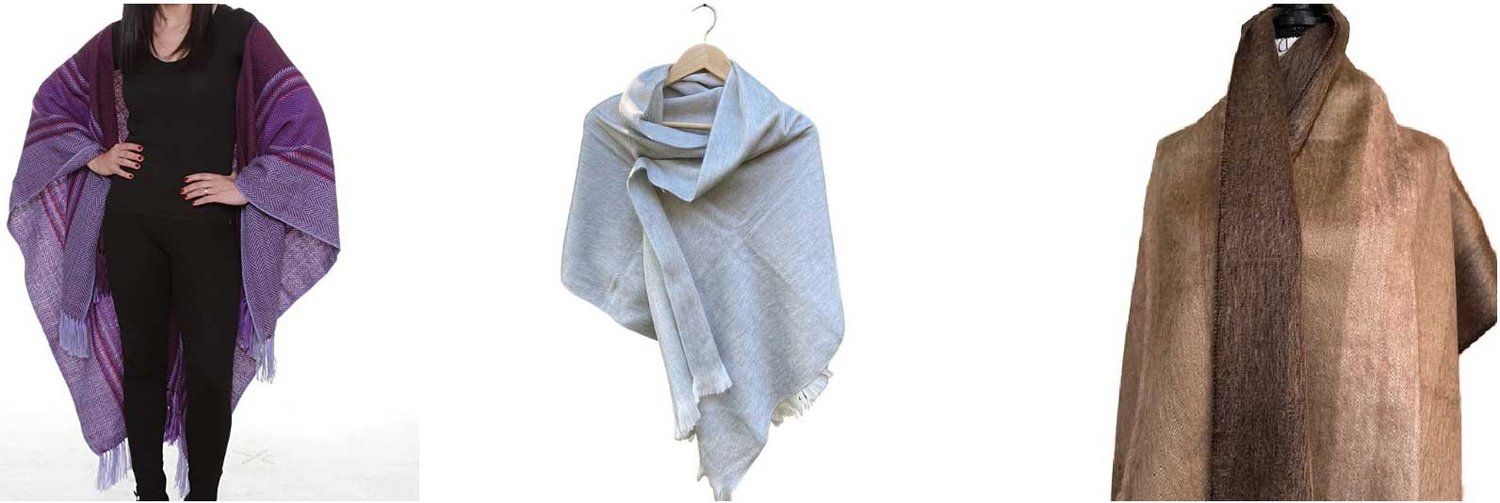
In the dynamic world of fashion, Argentine designers are making waves by blending traditional textile patterns and techniques with contemporary styles. This innovative fusion not only honors Argentina’s rich textile heritage but also brings it to the forefront of modern fashion, appealing to a diverse and global audience.
INCORPORATION OF TRADITIONAL ELEMENTS IN CONTEMPORARY DESIGN:
Reviving Classic Patterns: Contemporary designers often draw inspiration from classic Argentine textile patterns, giving them a modern twist. By incorporating these traditional designs into current fashion trends, they create clothing and accessories that are both timeless and trendy.
Innovative Use of Materials: Modern adaptations of Argentine textiles see the innovative use of traditional materials like alpaca and sheep wool. Designers experiment with different textures and weaves, creating pieces that are distinct and luxurious.
Fusion with Global Trends: Argentine fashion is also characterized by its fusion with global trends. Designers adeptly blend local textile traditions with international fashion influences, resulting in unique and appealing collections.
APPEAL TO LOCAL AND INTERNATIONAL AUDIENCES:
Cultural Resonance with Local Audiences: For Argentines, these modern interpretations of traditional textiles are a source of national pride. They resonate culturally, offering a sense of identity and connection to heritage.
Global Appeal: Internationally, these designs are celebrated for their authenticity, craftsmanship, and distinctiveness. The fusion of traditional Argentine textiles with contemporary fashion appeals to global consumers looking for unique and meaningful fashion choices.
Sustainable and Ethical Fashion: There is a growing appreciation for sustainable and ethically made clothing worldwide. Argentine designers, with their focus on traditional techniques and local materials, often embody these values, further enhancing their appeal to a global audience.
Showcasing Argentine Heritage on Global Platforms: Argentine designers have successfully brought their textile-rich heritage to international runways and fashion shows. By showcasing their work on these platforms, they not only gain recognition but also highlight the rich cultural tapestry of Argentina.
In summary, the modern adaptations of Argentine textiles in fashion represent a harmonious blend of tradition and innovation. By incorporating classic patterns and techniques into contemporary designs, Argentine fashion designers are creating a unique style that resonates with both local and international audiences, showcasing the versatility and enduring appeal of Argentina’s textile heritage.
PRESERVING AND PROMOTING TRADITION
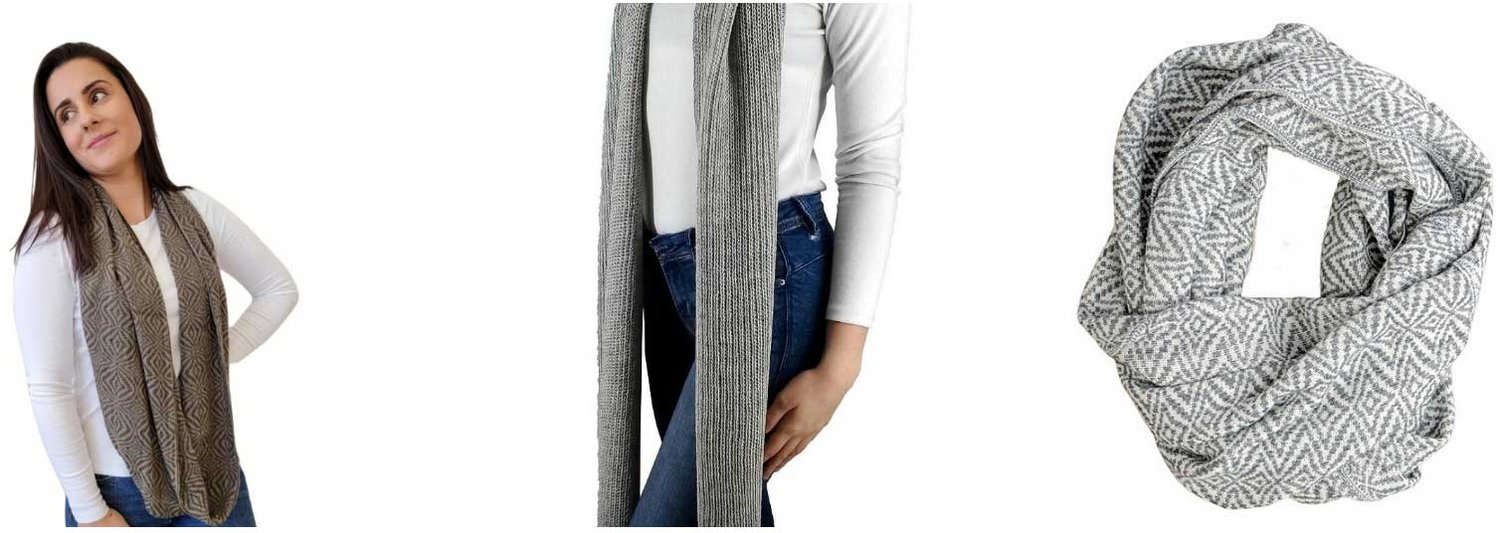
The Perfect Pair: Leather and Sterling Silver Accessories in Argentine Style
Argentina is a land of rich traditions, where craftsmanship and culture intertwine to create...
5 Unique Leather Accessories Styling Tips for Your Everyday Life
Leather accessories have long been a staple in the world of fashion, prized for their timeless...
The History of the Cuff Bracelet: From Ancient Origins to Modern Elegance
The cuff bracelet is much more than just a fashionable accessory; it is a timeless piece...
Understanding Leather Grades: Why Argentine Leather Tops the List
Leather has been a cornerstone of human craftsmanship for centuries, valued for its durability,...
How to Put on an Open Cuff Bracelet: A Step-by-Step Guide
Open cuff bracelets are elegant and versatile accessories, but knowing the proper way to put one...
The Art of Soguería Criolla: A Cultural Tradition
Soguería criolla, or traditional Argentine leather braiding, is a centuries-old craft deeply...
From Tarnished to Stunning: Easily Clean Your 925 Silver Jewelry: STERLING SILVER CLEANING CLOTH
Keeping your 925 silver jewelry shining and free of tarnish is simple with a special silver...
Discover the Craftsmanship of Argentine Leather Bags for Men
Argentina has long been recognized for its rich heritage in leather craftsmanship, producing some...
Discover the Elegance of Men’s Eel Skin Wallets
When it comes to men’s accessories, few items strike the perfect balance between sophistication...
The Mastery of Picasso Knives: Hand-Chiseled Perfection
In the realm of fine cutlery, few names evoke the same sense of craftsmanship and artistry as...

